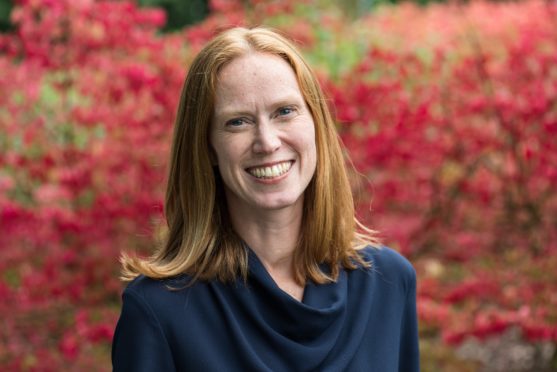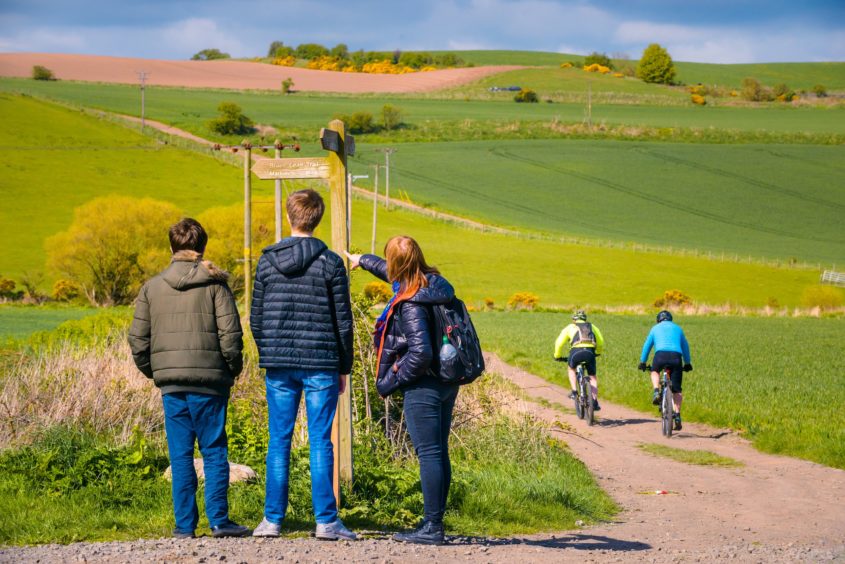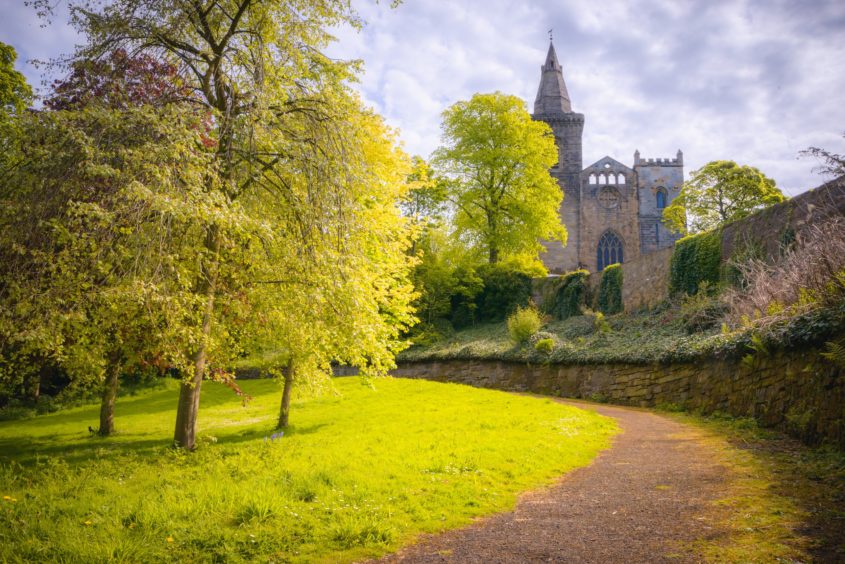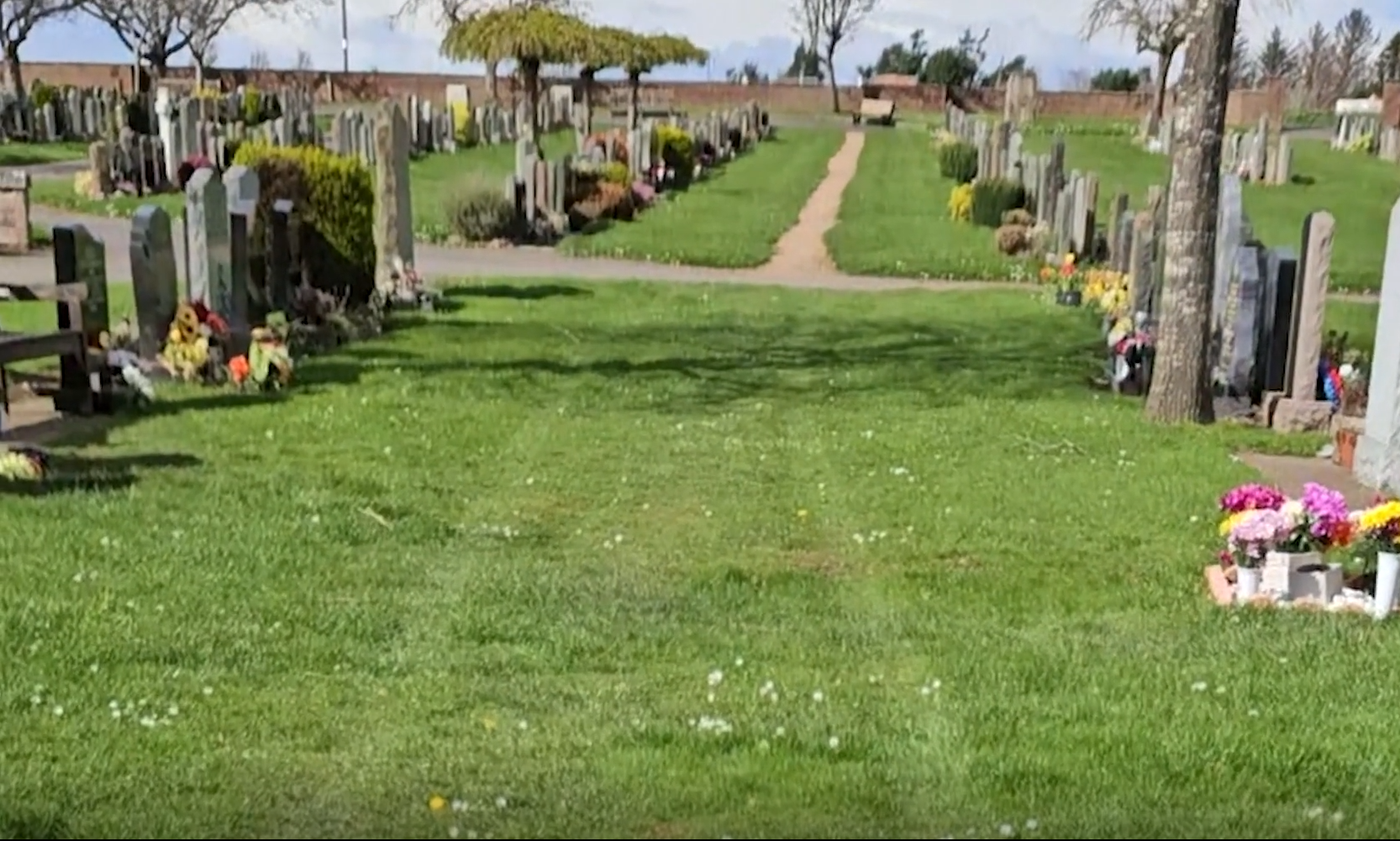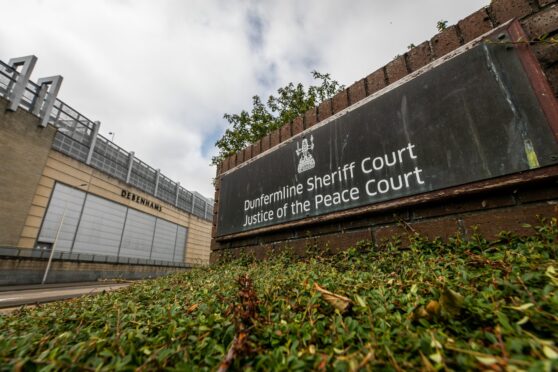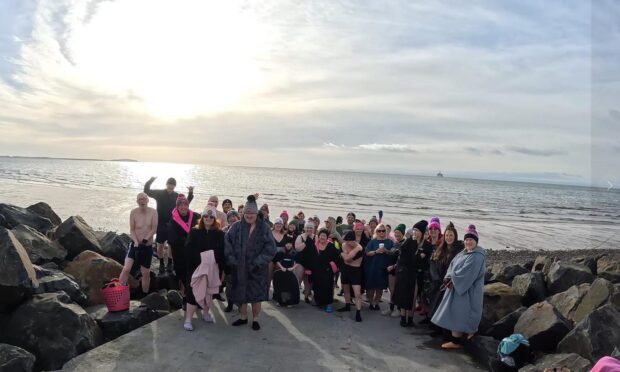The launch of a new walking route in Fife has been hailed as a huge step for tourism in the region.
VisitScotland’s regional leadership director Caroline Warburton believes the Fife Pilgrim Way, which was formally launched earlier this month, will become one of the “jewels in the crown” of Scotland’s tourism offering, sitting alongside well-established walks that attract thousands of people to the country’s towns, hills and glens.
The claim comes as a new study suggests the Fife Pilgrim Way could create dozens of new jobs and boost the economy by up to £3 million a year by 2023.
The 64-mile route, which can begin at either Culross or North Queensferry, crosses inland through the heart of Fife and follows the paths taken by travellers to St Andrews, one of the most renowned pilgrimage destinations in medieval Europe for more than 400 years.
Fife Pilgrim Way: New route opens with a historic welcome to the walkers of the world
Describing it as an “exciting new proposition”, Ms Warburton said: “Routes like the Great Glen Way, West Highland Way and, of course, the Fife Coastal Path, are very popular among walkers and the Fife Pilgrim Way will undoubtedly add to this network of great trails nationally as well as support walking tourism in Fife.
“Wellness was a consistent theme in VisitScotland’s 2019 Trends Paper with a growing number of visitors looking for peaceful experiences for both body and mind.
“Within this movement is an appreciation of the impact that travel can have on the environment and visitors are increasingly keen to reduce the impact of their actions while still achieving the experience they desire.
“Offering a peaceful outdoor escape where visitors can immerse themselves in natural heritage, while also encouraging sustainable tourism through excellent bus and rail links, this new walking route is perfect for visitors seeking a wellness experience.”
A new study for the Fife Coast and Countryside Trust concluded the route could support the creation of more than 70 jobs, while estimates suggest it could attract 140,000 users annually, rising to 200,000 after four years.
Its economic impact is also estimated to be around £1.8 million a year initially, although that too is likely to rise to around £2.9 million by year four of the project.
Around 3.9 mllion domestic visitor trips across Scotland last year included walking, according to VisitScotland research.
“The new route will also allow visitors to discover less explored areas of the region like Kelty, Ceres and Markinch, helping to ensure the valuable economic benefits are felt across the Kingdom,” Ms Warburton continued.
“The Fife Pilgrim Way is a fantastic new addition to Fife’s tourism offering and will bring a valuable economic benefit to the region.
“It is also an excellent example of collaboration and I would like to extend my thanks to Fife Coast and Countryside Trust and all the partners who have worked tirelessly over the last decade to make the ambition of a pilgrim route through Fife a reality.”
